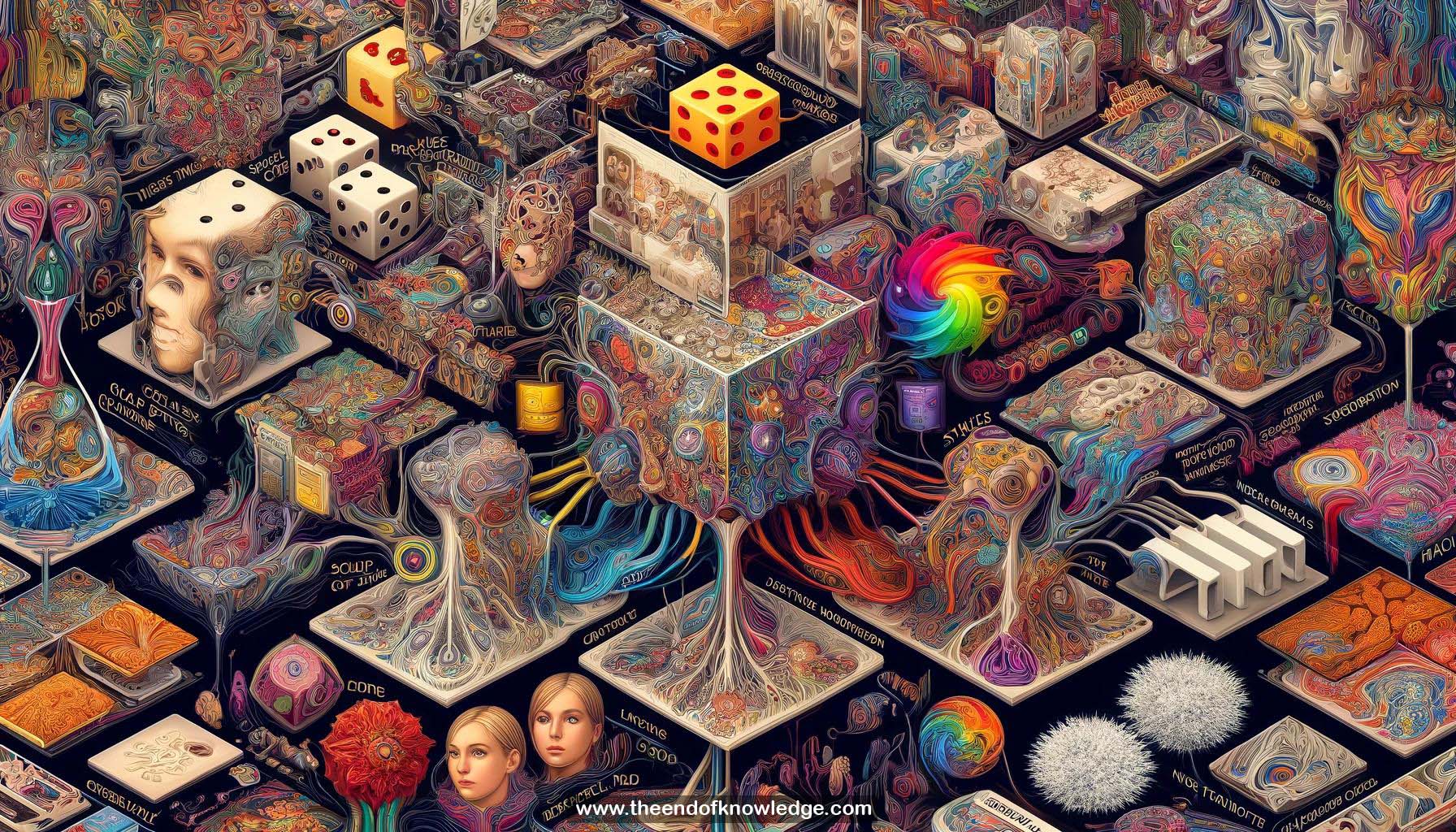 >
>
Concept Graph & Resume using Claude 3 Opus | Chat GPT4o | Llama 3:
Resume:
1.- Generative Adversarial Networks (GANs) have rapidly improved, enabling high-quality image generation at megapixel resolution (ProgressiveGAN).
2.- Controlling image generation in GANs is difficult without additional input data like class labels or segmentation masks.
3.- Obtaining high-quality labeled training data for conditional image generation is challenging and costly.
4.- The goal is to achieve control over image generation in an unsupervised manner, without labeled data.
5.- A generator with multiple inputs is desired to control different aspects of the generated image.
6.- Style transfer, which combines the artistic style of one image with the content of another, serves as inspiration.
7.- Adaptive Instance Normalization (AdaIN) is used to match the statistics of activations to the desired style.
8.- The content image is replaced with a randomizable latent code to generate novel images from scratch.
9.- Another latent code is introduced to represent the style, allowing the network to learn and generate random styles.
10.- Dedicated AdaIN blocks are added to each layer of the network for better control over the generation process.
11.- The content latent code becomes unnecessary and is removed from the architecture.
12.- After training, styles can be mixed and matched by connecting them to different layers of the network.
13.- Different layers of the network control various aspects of the generated image, such as gender, age, hair length, and color scheme.
14.- The Flickr-Faces-HQ dataset, containing more variation than previous high-quality face datasets, was used to obtain the results.
15.- Style mixing can be used to create imaginary family portraits, with all images being completely generated from scratch.
16.- Natural images contain fine, stochastic details like hair, which are challenging for the generator to produce without random number generation.
17.- Explicit noise inputs are introduced to each layer of the network to make generating fine details easier.
18.- The noise inputs control backgrounds, hair, fur, skin pores, and other details that don't significantly affect image perception.
19.- The techniques presented work well on various datasets, not just faces.
20.- Source code and pre-trained models are made available online for others to use and build upon.
21.- The presentation is part of CVPR 2019, a computer vision and pattern recognition conference.
22.- The work was done by researchers at NVIDIA, a company known for its GPUs and deep learning applications.
23.- The presenter, Tero Karras, is one of the authors of the paper being presented.
24.- The paper introduces a style-based generator architecture for GANs, enabling unsupervised control over image generation.
25.- The presentation is accompanied by a poster (number 14) where attendees can learn more about the work.
26.- The research builds upon previous work, such as ProgressiveGAN, which enabled high-resolution image generation with GANs.
27.- The style-based generator architecture represents a significant advancement in controllable image generation without labeled data.
28.- The approach draws inspiration from style transfer techniques, adapting them for use in generative models.
29.- The ability to mix and match styles at different layers of the network provides fine-grained control over the generated images.
30.- The introduction of explicit noise inputs helps the generator produce fine, stochastic details found in natural images.
Knowledge Vault built byDavid Vivancos 2024